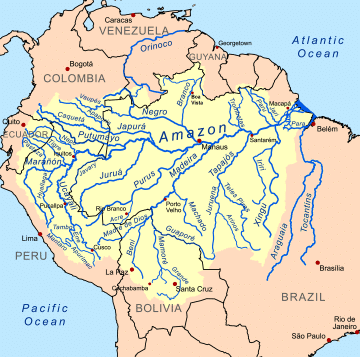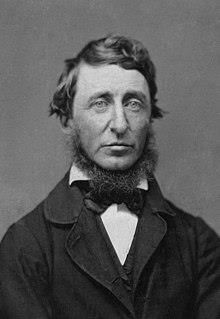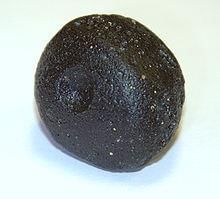Important Questions (Part - 1) - World Geography | Additional Study Material for UPSC PDF Download
Q.1. Where do manganese nodules, the potential source of minerals in oceans, form?
Ans. Ocean beds with a mild current.
Q.2. Which is the giant flow visible in the night sky exactly opposite to the direction of the sun?
Ans. Gegenschein Gegenschein
Gegenschein
Q.3. Which planet is often described as a cold, lifeless desert?
Ans. Mars
Q.4. Which planet is believed to have the runaway greenhouse effect?
Ans. Venus
Q.5. Which animal was the first to enter space and indicate that life can exist in it?
Ans. Dog
Q.6. What kind of pollution presently threatens the space beyond the earth?
Ans. Space junk
Q.7. Which is the hot, dry sand-laden wind that blows from Africa to the Mediterranean region?
Ans. Sirocco
Q.8. Which is the long, narrow current of high-speed winds that blow at high altitudes?
Ans. Jet stream
Q.9. Which atmospheric phenomenon is directly linked to the oceanic phenomenon of El Niño?
Ans. Southern Oscillation
Q.10. One-third of all the world's rain forest is in:
Ans. Brazil
Q.11. Where is the largest rain forest in the world located?
Ans. Amazon basin
Q.12. What is known as a miracle crop?
Ans. Soyabean
Q.13. When were synthetic fertilizers first manufactured on a large scale and used in agriculture?
Ans. The 1930's.
Q.14. What is the estimated percentage of the world's land, suitable for farming?
Ans. 24%
Q.15. Swidden - slash and burn - farming had its origin in:
Ans. Europe
Q.16. Which European king ordered that a man should be tortured for burning coal and fouling the air?
Ans. King
Q.17. Which country's fishing catch has drastically fallen because it did not allow time for fish to breed and replenish itself?
Ans. Peru
Q.18. The name ‘Amoco Cadiz’ goes down in history in the memory of a giant:
Ans. Oil slick
Q.19. Which expedition was devoted to the study of all the aspects of an entire ocean?
Ans. Atlantic Expedition
Q.20. The conservation and protection of which bird was the mission of Project Grus:
Ans. Common Crane
Q.21. What is Project FAMOUS concerned with?
Ans. Ocean bed
Q.22. What does Project JAWS deal with?
Ans. Winds
Q.23. Who originally inspired the environmentalist movement?
Ans. Henry David Thoreau
 Henry David Thoreau
Henry David Thoreau
Q.24. When was the Jawaharlal Nehru Community Biodiversity movement launched in India?
Ans. 1989
Q.25. Which country has the oldest tradition of popular movements aimed at the protection of the natural and man-made environment?
Ans. The United Kingdom
Q.26. Where is the World Resources Institute located?
Ans. Washington, D.C.
Q.27. An anticline is an arch-like fold or upholds in rock strata resulting from compression in the earth’s crust.
Ans. Gland
Q.28. Where is the Centre for International Environmental Information located?
Ans. New York
Q.29. Which organization campaigns for the protection of species?
Ans. Club of Earth.
Q.30. Where is the office of the Scientific Committee on Problems of the Environment located?
Ans. Paris
Q.31. Where is the International Register of Potentially Toxic Chemicals located?
Ans. Geneva
Q.32. Where is the Smithsonian Institution Center for Short-Lived Phenomena located?
Ans. Massachusetts
Q.33. Where is the International Council of Environmental Law located?
Ans. Bonn
Q.34. Where is the headquarters of the United Nations Environment Program located?
Ans. Nairobi
Q.35. Which world body brings out the World Conservation Strategy?
Ans. I.U.C.N.
Q.36. Where is the International Institute for Environment and Development located?
Ans. London
Q.37. Where is the International Crane Foundation located?
Ans. Wisconsin
Q.38. Where is the Salim Ali College of Ecology located?
Ans. Pondicherry
Q.39. Where is the Indian Institute of Forest Management located?
Ans. Bhopal
Q.40. Where is the Pollution Control Research Institute located?
Ans. Haridwar
Q.41. Where is the Indian Grassland and Fodder Research Institute located?
Ans. Jhansi
Q.42. Where is the National Institute of Occupational Health located?
Ans. Ahmedabad
|
21 videos|562 docs|160 tests
|
FAQs on Important Questions (Part - 1) - World Geography - Additional Study Material for UPSC
| 1. What are the continents of the world? |  |
| 2. What is the largest continent in the world? |  |
| 3. What is the difference between a continent and a country? |  |
| 4. Which continent has the highest population? |  |
| 5. What is the significance of the equator in world geography? |  |























